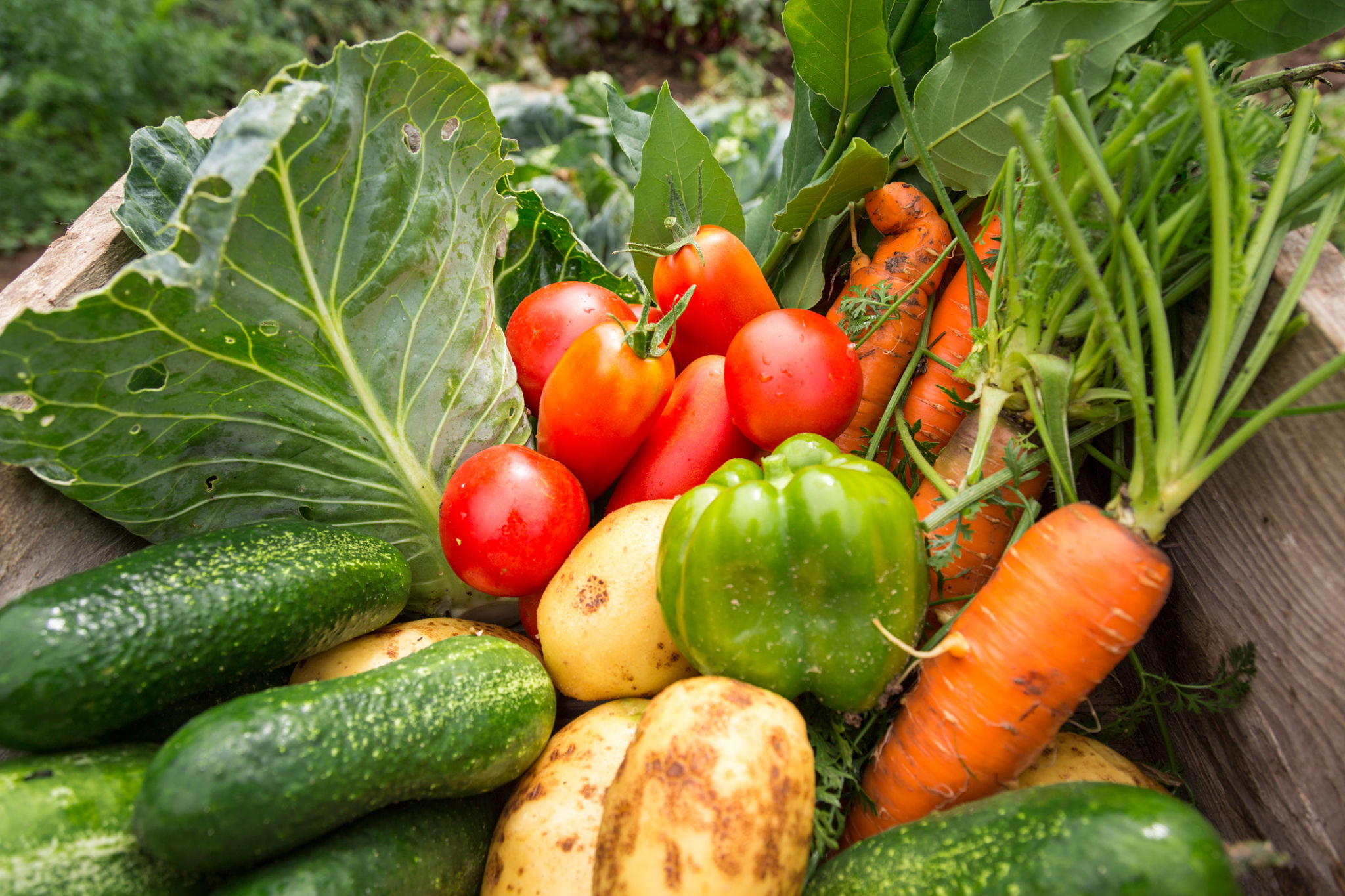How to Start Your Own Organic Vegetable Garden at Home
Why Start an Organic Vegetable Garden?
Starting your own organic vegetable garden at home is a rewarding experience that not only provides fresh produce but also contributes to a healthier lifestyle. Growing your own vegetables ensures you know exactly how your food is cultivated, free from synthetic fertilizers and pesticides. This sustainable practice allows you to enjoy the freshest flavors straight from your backyard while saving money and reducing your carbon footprint.
Gardening is also a therapeutic activity that can reduce stress and increase your connection with nature. Whether you have a large backyard or just a small balcony, there are various ways to cultivate an organic garden suited to your space.

Choosing the Right Location
The first step in starting your garden is choosing the right location. Vegetables generally require ample sunlight to thrive, so pick a spot that receives at least 6 to 8 hours of direct sunlight daily. If you're limited on space, consider containers or raised beds which can be placed in sunlit areas like patios or balconies.
Ensure the location has good drainage to prevent waterlogging, which can harm plant roots. Most importantly, choose a spot that's easily accessible for daily maintenance and harvesting.
Understanding Your Soil
Healthy soil is the foundation of a successful organic vegetable garden. Conduct a soil test to determine its pH and nutrient levels. Organic matter like compost or well-rotted manure can be added to improve soil structure and fertility, providing essential nutrients for plant growth.

Selecting Your Vegetables
Choose vegetables that you enjoy eating and that grow well in your climate. Some popular options for beginners include tomatoes, lettuce, carrots, and peppers. Start with a few varieties to manage your workload and expand as you gain confidence.
Consider companion planting, where certain plants are grown together for mutual benefits such as pest control or improved growth. For instance, marigolds can be planted alongside vegetables to deter pests naturally.
Planting and Maintenance
Once you have selected your vegetables, follow the planting instructions on seed packets or seedlings. Pay attention to spacing, depth, and timing as each plant has specific requirements. Regular maintenance includes watering, weeding, and monitoring for pests or diseases.

Water deeply but less frequently to encourage root growth. Mulching can help retain soil moisture and suppress weeds naturally. Organic fertilizers and natural pest control methods like neem oil or insecticidal soap can be used if necessary.
Harvesting and Enjoying Your Produce
The final step is harvesting your homegrown vegetables at their peak ripeness. This not only ensures the best flavor but also encourages plants to continue producing. Harvesting times vary depending on the vegetable, so keep an eye on growth patterns and maturity indicators.
Enjoy the fruits of your labor by incorporating fresh produce into your meals, experimenting with new recipes, or preserving surplus for later enjoyment. Sharing your bounty with friends and family is a delightful way to spread the joy of gardening.

Starting an organic vegetable garden at home is a journey filled with learning and rewards. With patience and dedication, you'll soon be enjoying the benefits of homegrown vegetables while contributing positively to the environment.